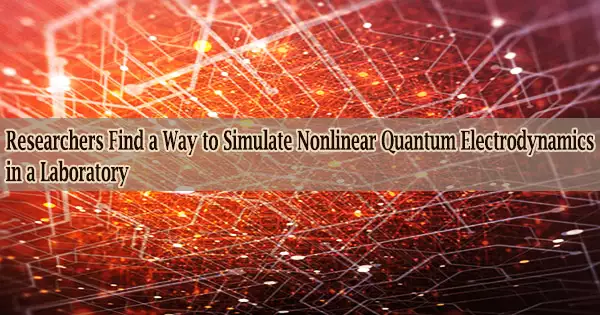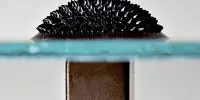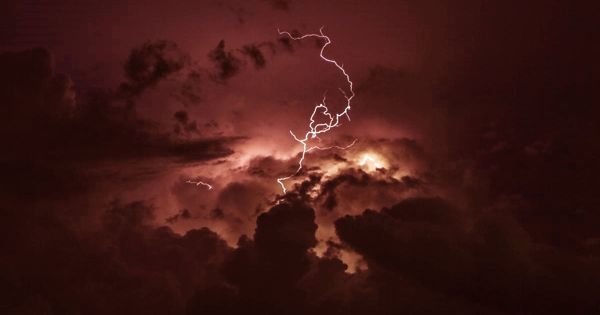In movies, video games, and our imaginations, lightsabers catch and flare when they collide. The light beams actually pass through one another, just like in a laser light show, to form patterns that resemble spiderwebs.
Only in science fiction and in locations with extremely strong magnetic and electric fields does this clashing or interference occur; it only occurs naturally in proximity to big things like neutron stars.
A strong magnetic or electric field in this instance demonstrates that the vacuum is not actually a void. Instead, rainbows are formed when light beams cross here. Modern particle accelerators have recorded a weaker form of this impact, but neither our daily life nor even typical laboratory settings experience it.
In collaboration with Aydin Keser and Oleg Sushkov from the University of New South Wales in Australia, Yuli Lyanda-Geller, a professor of physics and astronomy in the College of Science at Purdue University, found that this effect can be produced in a class of novel materials involving bismuth, its solid solutions with antimony, and tantalum arsenide.
Most importantly, one of the deepest quantum mysteries in the universe can be tested and studied in a small laboratory experiment. With these materials, we can study effects of the universe. We can study what happens in neutron stars from our laboratories.
Professor Yuli Lyanda-Geller
With this information, the effect can be researched, possibly leading to sensors that are a great deal more sensitive as well as supercapacitors for energy storage that could be turned on and off by a regulated magnetic field.
“Most importantly, one of the deepest quantum mysteries in the universe can be tested and studied in a small laboratory experiment,” Lyanda-Geller said. “With these materials, we can study effects of the universe. We can study what happens in neutron stars from our laboratories.”
Brief summary of methods
Keser, Lyanda-Geller, and Sushkov developed nonperturbative quantum field theory methods used to explain high-energy particles in order to examine the behavior of so-called Dirac materials, which have recently attracted attention.
They employed the expansion to produce findings that transcend both the boundaries of previously reported high-energy findings and the broad parameters of condensed matter and materials physics.
They examined the best materials and proposed several experimental setups with applied electric and magnetic fields that would enable them to conduct an experimental investigation of this quantum electrodynamic phenomena without the need of an accelerator.
They later found that their findings provided a clearer explanation for some magnetic phenomena that had been noticed and researched in earlier tests.
Funding:
U.S. Department of Energy, Office of Basic Energy Sciences; Division of Materials Sciences and Engineering; and the Australian Research Council, Centre of Excellence in Future Low Energy Electronics Technologies
















